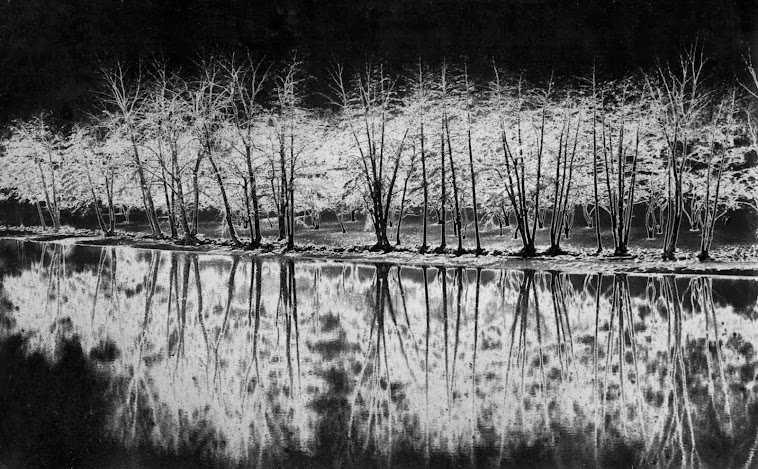After the museum, our destination was the Old Town Square. This proved to be a revelation as there were so many wonderful sights, I didn’t know which way to look first. I’ll start here with what is perhaps the most popular attraction; viz. the 15th century astronomical clock on the Old Town Hall. According to legend, after it was rebuilt in 1490, the city council was so anxious that the clockmaker would not duplicate his work elsewhere, they had him blinded. Below is an overall view of the clock. Each hour, there is a procession of 12 Apostles past two windows [closed in the image below]. After they stop moving, the cock above crows and the hour is chimed.
The top portion is an astronomical clock, in which the sun and moon orbit the earth, consistent with the then accepted view of the universe. The hand with the sun points to the hour, which is records three different kinds of time. The outer ring of medieval Arabic numerals measures Old bohemian time. The ring of Roman numerals is time as we know it. The blue part of the dial represents the visible part of the sky, and is divided into 12 parts, in so-called Babylonian time [varying in length from summer to winter]. The sun and moon move through the 12 signs of the zodiac.
Below the astronomical clock is a calendar that was introduced in 1866. This revolving dial depicts Bohemian peasant life incorporating pictures symbolizing the months of the year. The months and zodiac signs revolve around the Old Town Coat of Arms in the center.
On the clock are four pairs of wooden sculptures. Because wood weathers poorly, the eight figures are the most renovated parts of the clock. Actually, the originals were destroyed several times; the current figures are relatively recent copies. At the top right are Death and the Turk [a symbol of Vice and Pleasure/Lust]. Starting on the hour, Death gives a pull on the rope that he holds in his right hand; then he raises and inverts the hourglass in his left hand. The two doors above open and a procession of the Apostles commences.
On the top left are Vanity [looking at himself in a mirror] and Greed [holding a money purse].
The lower pairs of figures represent, respectively, a Philosopher and Archangel Michael [top image] and an Astronomer and Chronicler [lower image].
To the left of the clock is a row of buildings with colorful Gothic and Renaissance facades. The one below has the Old Town Coat of Arms over the central window.
Two other buildings of note in the square area are the Gothic Church of Lady of Tyn and the Baroque St. Nicholas Church. The latter has become a popular location for concerts. In fact, two nights later we attended a concert featuring the Prague Brass Ensemble along with the church organ.
We completed the organized portion of the day’s tour with lunch in the cafe of the Municipal House [a beautiful Art Nouveau building], which is adjacent to the old Powder Gate. It got its name in the 17th century when it was used to store gunpowder.















No comments:
Post a Comment